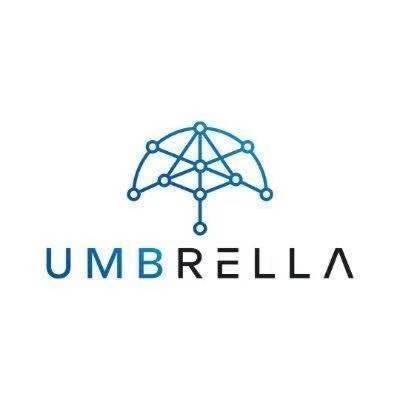One article to understand the concept and composition of Merkle tree
question:
question:
However, in a decentralized network with multiple nodes, it is important to organize data efficiently. In a blockchain that distributes data, the challenge is first to efficiently access the data, and second, to verify and distribute accurate copies of the data across all nodes.
solution:
solution:
Implement Merkle trees to share and verify data in a decentralized web-based system.
Merkle trees reduce costs by:
It is effectively executed.
secondary title
The concept of a Merkle tree
Merkle trees are used to store and organize all transactions in a block of the blockchain and help verify the consistency of the data. Let us understand the concept further with the help of the diagram below,
image description
binary hash tree
A Merkle tree is a binary hash tree where the value of an internal node is the hash of its leaf node. At the root of the Merkle tree, we have the hashes of the transactions, denoted as H[A], H[B], H[C] and H[D] in the diagram above, called leaf nodes or child nodes . In the left tree, H[A] and H[B] are the hash values of data blocks L1 and L2, respectively, and in the right tree, H[C] and H[D] are the hash values of L3 and L4, respectively. Internal node H[AB] is the concatenation of leaf nodes H[A] and H[B], similarly H[CD] is the concatenation of H[C] and H[D].
Each leaf/child of the Merkle tree contains a hash of the transaction, followed by a hash containing the "combined hash" of the leaf/child ("H[AB]" and "H[CD]" middle node), and then the root node, which contains the combined hash (called the Merkle root) of its left and right trees (H[ABCD]), as described above.
Interestingly, if we want to make any changes in a certain transaction, the intermediate node hash will change, causing the root hash to change at the same time. This means that if someone tries to change a particular transaction, the root hash will be changed, and once the root hash is changed, all subsequent hashes of all blocks that exist will be changed since they are linked to each other. This way, an attacker cannot try to manipulate the data, because to do so, he would have to actually change the transaction data of the entire chain, which is of course an impossible task. This is the beauty of the design of a Merkle tree, which makes it a tamper-resistant data structure.
The Merkle tree is responsible for the integrity of the data, so you don't have to go through the entire transaction to see its verifiability. The tree can be divided into small chunks of data that can be used to validate transactions across the network. This concept is called a Merkle Proof and is very useful in decentralized systems. Merkle Proofs don't need to verify all the information in the entire tree, just enough computing power to verify a small amount of data to see if it is true.
Application field
Merkle trees are used to synchronize data in decentralized and distributed systems where the same data should exist in multiple locations.
They are also used to check for inconsistencies in the data and detect inconsistencies across copies of the database.
main benefit
Merkle trees can divide data into different parts, which improves massive scalability, because Merkle trees can be divided into tiny chunks of information for verification.
It effectively verifies the integrity of the data.
Any amount of data can be stored in a Merkle tree, which will always end with a root hash at the top.
With the help of Merkle proofs, Merkle trees greatly reduce the cost.
secondary title
How Merkle Trees Benefit Umbrella Network
Because Merkle trees help organize data efficiently so that the verification process uses less computing power, Umbrella Network uses it to bring thousands of real-world data points on-chain at low cost without sacrificing Security and Data Integrity.
Umbrella leverages Merkle trees to batch transactions to address scalability issues in today's oracles. Merkle trees are used to aggregate data, allowing multiple transactions to be bundled into a single transaction with a single fee. As a result, the time and cost required to bring real-world data on-chain is significantly reduced, making Umbrella Network the lowest-cost oracle solution with the largest dataset available on the market.
Original link:
https://medium.com/umbrella-network/merkle-trees-an-introduction-to-concepts-and-components-5d2ff2b939e2
Original link:
Author: Shubhi Tiwari



